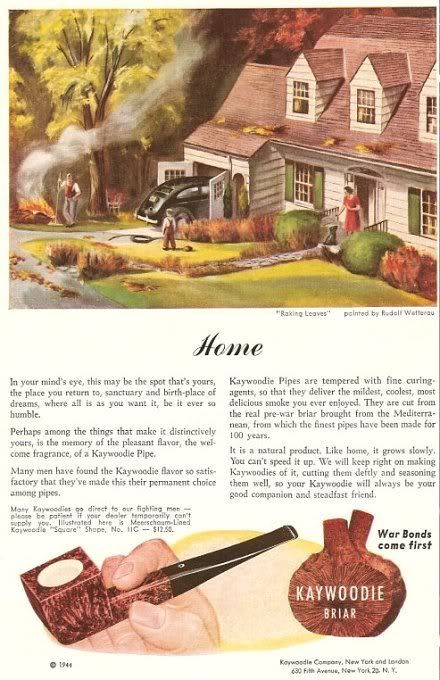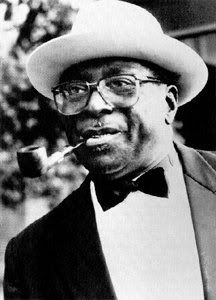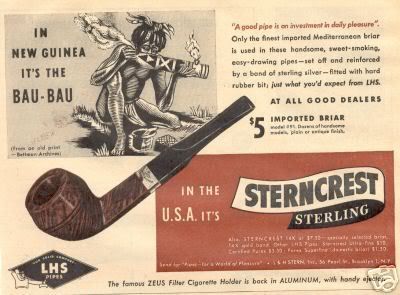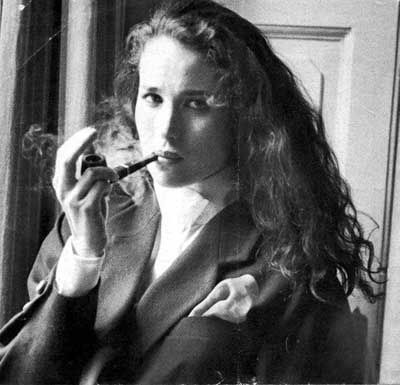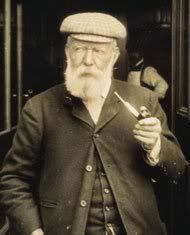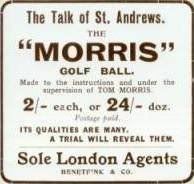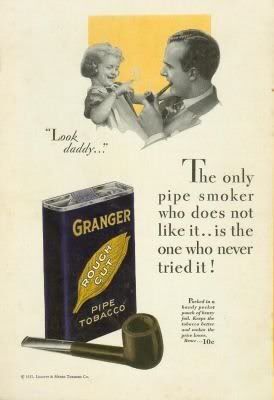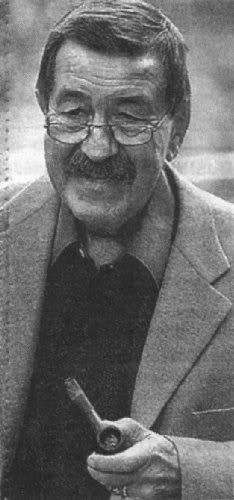The Yello-Bole, one of the more famous gimmick pipes, which may take some explanation for non-pipe smokers.
All pipe smokers (pretty much) are concerned about cake. Cake is the build-up that occurs inside a pipe bowl as it is smoked. A pipe with just the right amount of cake generally smokes better, cooler, and drier than a new, uncaked pipe. Some newbie pipe smokers get kind of worried when they don't see cake building up right away, and there are all kinds of tricks to speed cake build up. One of these tricks is to get a little drop of honey on your finger and swipe the inside of a new pipe with it to get the ash to stick better. This provides a sort of foundation for cake build up. This isn't because honey somehow has some kind of magical properties when it comes to pipes, it's simply because it's sticky, and being edible, there are no harmful fumes if it gets toasted a little. The same effect can be had by using a drop of saliva.
Almost every pipe company that has ever been has had what is called a "seconds" line. Seconds are pipes that, for one reason or the other, didn't quite measure up to the standard of the company to earn the company's actual brand name. It's just about impossible to know if any given burl of briar is going to be flawless; most aren't. Some are more flawed than others. But still, buying briar costs money, and labor had to go into the making of a pipe, so they don't want to just throw away a pipe because there might be a tiny sandpit or two in the briar. For example, Peterson pipes sell their seconds under the name "Irish Seconds." These are pipes that are still perfectly good smokers, they're just not quite perfect enough to warrant the name "Peterson." Everybody knows Irish Seconds are actually cast-off Petersons and that they are, in general, still very good pipes.
The brand known as Yello-Bole is actually Kaywoodie's seconds line. Since Kaywoodie already had several grades for their pipes, a pipe that didn't live up to the Kaywoodie name must have been pretty far down the ladder.
Kaywoodie went one better on their seconds, and not only did they call them by a different name, but they came up with a whole new gimmick to sell them. The inside of the bowl is coated with "honey."
I say "honey" in quotations because, of course, it isn't real honey. Honey may be one ingredient, but it's still a dry, yellow substance instead of a liquid, golden-brown substance. They claimed that it made them smoke cooler, better, so forth and so on, like all gimmicks are supposed to do when it comes to pipes. After a few bowls, the yellow stuff would be all gone, and you would still have to build up a normal cake anyway.
Finding a Yello-Bole these days that still has the original yellow cake intact is probably very uncommon. In my used-pipe buying days I found one that someone must have broken out of the package, tossed in his desk drawer, and never looked at again. It had several bids, and sold for probably 4 or 5 times what it originally cost back in the 1950s.
The one in the ad above even looks like a Kaywoodie, with a screw-in stem and the logo right where the Kaywoodie cloverleaf would be on the stem. The Yello-Bole logo was a golden circle.
My own attitude toward cake has always been somewhat relaxed. It just happens. Depending on a pipe smoker's frequency of using any given pipe, the tobacco used in it, and even the pipe itself, cake will happen sooner or later. It's always going to happen eventually, so don't get too worked up about it if it doesn't come along as soon as you think it should. Eventually, you will be breaking out your pipe tool and reaming a little cake out of it because it's getting too thick. So just enjoy your pipes and don't worry about the cake.
